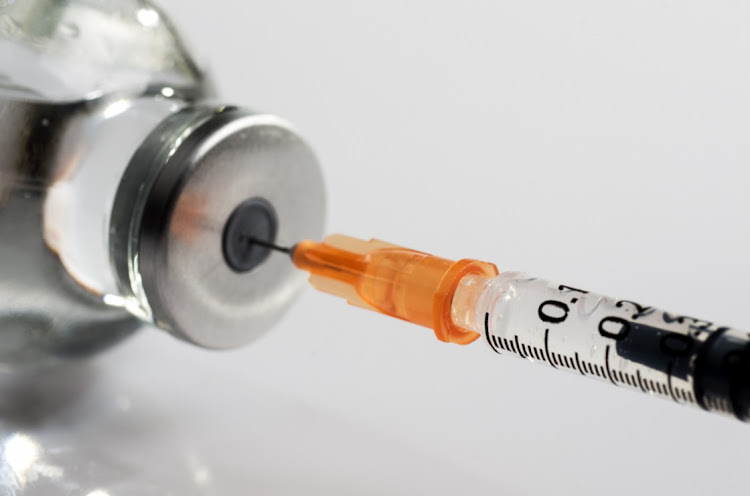Global vaccination drives bring fear of inflation surge

But in SA the risk is of lower inflation and slow growth
The Covid-19 vaccination programmes that have started across many advanced economies, together with unprecedented monetary and fiscal stimulus, are bringing fears of an inflation surge in future.
The argument for higher inflation goes as follows: accelerated fiscal deficit spending in an environment of loose monetary policy is a recipe for higher inflation. It goes further by pointing out that the outsize fiscal stimulus globally is going directly into people’s pockets through cash transfers to households and directly into the real economy through infrastructure spending, unlike the bond buying programmes after the last financial crisis, which resulted in asset price inflation.
This might be a compelling argument for some countries, but not for SA for several reasons. First, our official unemployment rate, now at 30.8%, is expected to rise to 33%, if we take the market consensus. The expanded unemployment rate is more than 40% and is likely to remain there until the end of 2022. With this sort of unemployment rate demand-pull inflation pressure will be low.
Second, and related to the rising unemployment rate, the economy is not expected to overheat, meaning it is expected to grow at less than its potential for at least the next two to three years. Indeed, the modellers at the SA Reserve Bank do not expect the output gap to close by 2023. Their inflation forecast is 4.6% by 2023, and lower before then.
Third, there is the much talked about expectation of pent-up demand, a surge in private spending driven by forced savings during a pandemic. How much of this will apply to SA is uncertain, but there are clear differences with countries such as the US that have explicit cash transfers to households, in some cases resulting in higher incomes compared to actual remunerated work. The Temporary Employee/Employer Relief Scheme, our equivalent to cash transfers abroad, offers a low-income support and certainly does not replace the income workers earned.
Disposable income is also down by R77bn compared with the first quarter of 2020, while household debt has increased by about R10bn, perhaps indicating distressed borrowing. Savings to disposable income nudged up to 0.7% in the third quarter of 2020 from 0.1% in the first quarter, with this increase partly reflecting a decline in disposable income.
Actual net savings increased by about R29bn; however, this is likely to come from higher income earners. If we look at where the lion’s share of these impacts is taking place, it’s clear that it is with middle-income households. Until the employment prospects of this middle-income group rises and their income recovers, it is unlikely that there will be pent-up demand.
Fourth, SA’s economy will come out of the pandemic deeply scarred and will need a lot of repairing, which at present appears likely to be a slow and drawn-out process, the big constraint being fiscal consolidation of about R300bn more than the next three years. If this is not offset by private-sector investment it will hurt growth, and anything that hurts growth keeps the lid on inflation.
The one sure source of inflation is imposed by the government, as SA Reserve Bank research has demonstrated that administered prices (government-driven inflation) has kept inflation higher than what it would have been with no increases in those prices. Given the constrained fiscus and the need for more revenue, administered prices are likely to be one of the avenues the government will take to bolster its revenue collections, but they are not nearly enough to drive inflation to alarming levels.
While the ample stimulus globally can be a good reason for expecting inflation to surge, until there is herd immunity against Covid-19 and life returns to some normalcy we are unlikely to see worrying inflation. For SA, the risk is of lower inflation driven by fiscal consolidation and the resulting slow growth.
